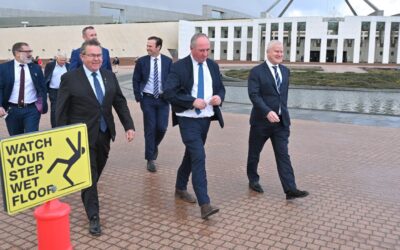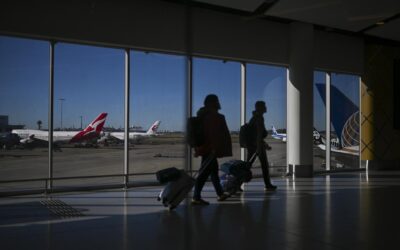Sorry, that’s old news…
You’ve found an older news story. We delete stories from our AAP News Feed after two months. But fear not, here’s today’s news!

APEC nations have vowed greater economic co-operation and integration as they wind up their meeting at a time when ...

Calls for justice and accountability have echoed through the streets as the loved ones of those who have died in ...

A landmark overhaul of the nation's aged care rules is in effect, enshrining older Australians' rights into law ...

Supermarkets and smaller retailers are feeling the pain of the illegal tobacco trade, posting super-sized drops in ...

The Nationals have been urged by their members to abandon a key climate target threatening the coalition - and ...

The work put into a critical minerals deal with the US makes it easier for Australia to sell more resources to ...

Earnings from Amazon, Apple lift Nasdaq by 1.2 per cent; Nikkei heads for 15 per cent monthly gain, South Korea ...

Treasurer Jim Chalmers has unveiled more changes to the nation's foreign investment review scheme in a bid to ...
No results found.
Background image courtesy victoriancollections.net.au